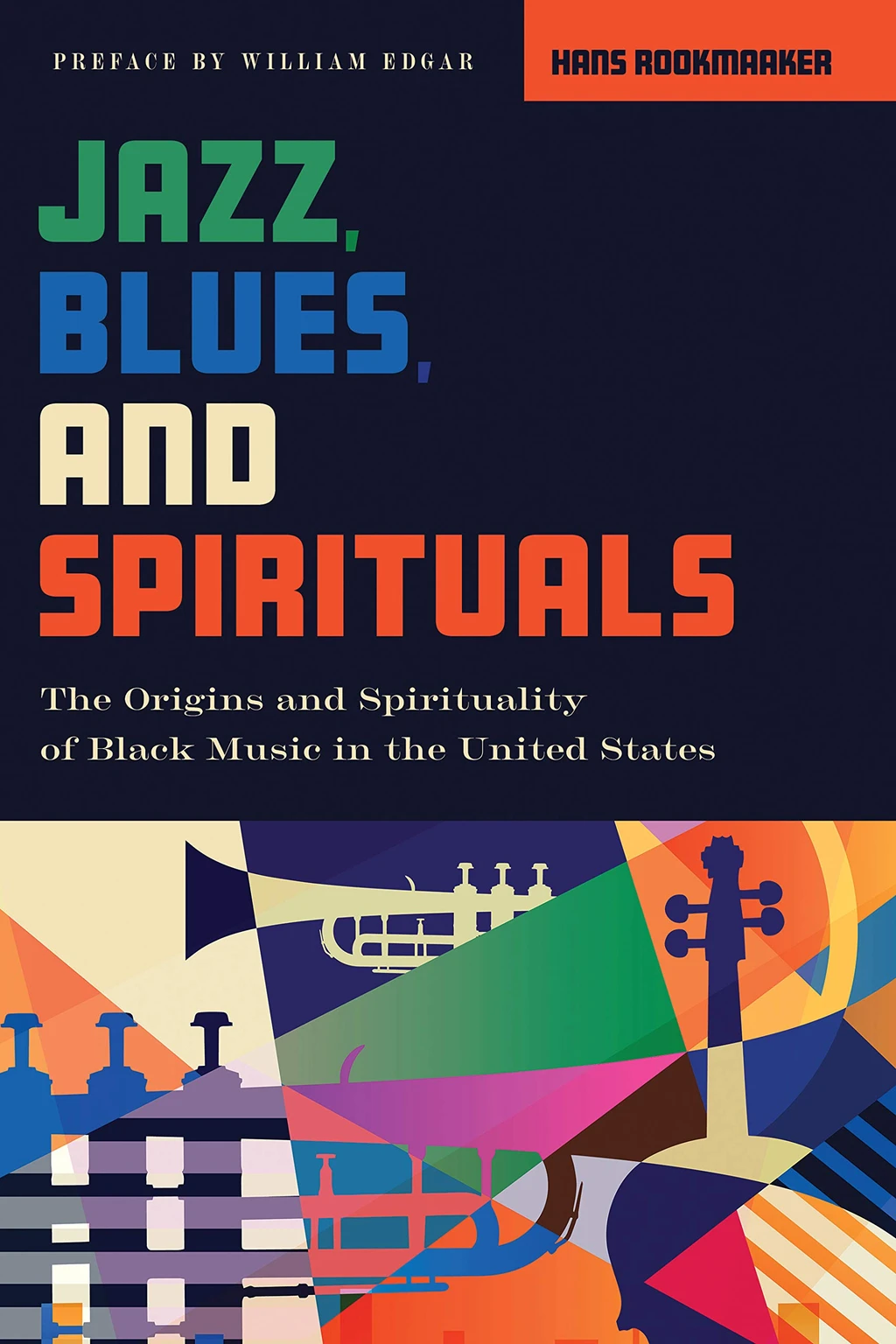
Hans Rookmaaker
Reviewed by: Pamela York
Jazz, Blues, and Spirituals: The Origins and Spirituality of Black Music in the United States, by Hans Rookmaaker, new edition with preface by William Edgar. P&R, 2020. Paperback, 248 pages, $11.99. Reviewed by OP member Pamela York.
Written by the late Dutch art professor Hans Rookmaaker, Jazz, Blues, and Spirituals gives readers a history of black music in America from a Christian perspective, from its earliest days through the 1950s. Black musicians have made an enormous contribution to the musical culture of America and to the world. Rookmaaker’s love and respect for this music is evident throughout the book. As a professional jazz pianist, I often encounter people who are curious about jazz but don’t know where to start listening, even though they are familiar with names such as Louis Armstrong and Duke Ellington. This book would be an excellent guide for anyone eager to learn about the history of black music.
The book begins with an explanation of the origins of American black music in African music. Slaves brought their music, along with their religion and worldview, with them from Africa to the New World. They sang work songs to help endure their brutal labor. Over time, they heard sea shanties, folk songs, psalms, and hymns.
Music expresses deep joy, often despite circumstances. Rookmaaker reminds us that this is the fruit of the Christian faith. Nowhere is this more evident than in the genre of the spiritual. Rookmaaker shows us how these songs are not just escapism, but have a joy that is focused on the scriptural hope of salvation in Christ. The spirituals Go Down, Moses and Down on Me declare hope for heaven, even if they also include hope for the future on earth.
What history of black music would be complete without a discussion of the blues? Rookmaaker explains the twelve-bar blues structure—the AAB pattern. Primarily secular in nature, these songs tell of the worries and troubles of this life. The writers and singers of the blues faced their difficulties head on, with minimal bitterness in spite of hardship.
Rookmaaker also gives us a brief history of ragtime music. A precursor to jazz, ragtime was music that was entirely notated. Unlike the blues, the sixteen-bar form was central. Scott Joplin’s “Maple Leaf Rag” is one of the best-known ragtime compositions. The middle chapters of the book continue with information about the music of New Orleans and how musicians combined French music, folk music, blues, and the music of brass bands to form early jazz. Big band music and bebop are covered in later chapters. The final chapter critiques modern jazz.
One highlight of the book is that recorded musical examples of each genre are given throughout. Rookmaaker compares and contrasts many of the bands that he is describing. One simply must hear the music to appreciate the book fully. When the book was first published in 1960, these recordings were only available on LP. This edition has a list of CD collections in the back. I found almost all of the musical examples mentioned in the book on YouTube and Google Play Music. I hope you’re able to pick up a copy and discover some of this marvelous music!
December 14, 2025
December 07, 2025
November 30, 2025
November 23, 2025
November 16, 2025
November 09, 2025
November 02, 2025
© 2025 The Orthodox Presbyterian Church